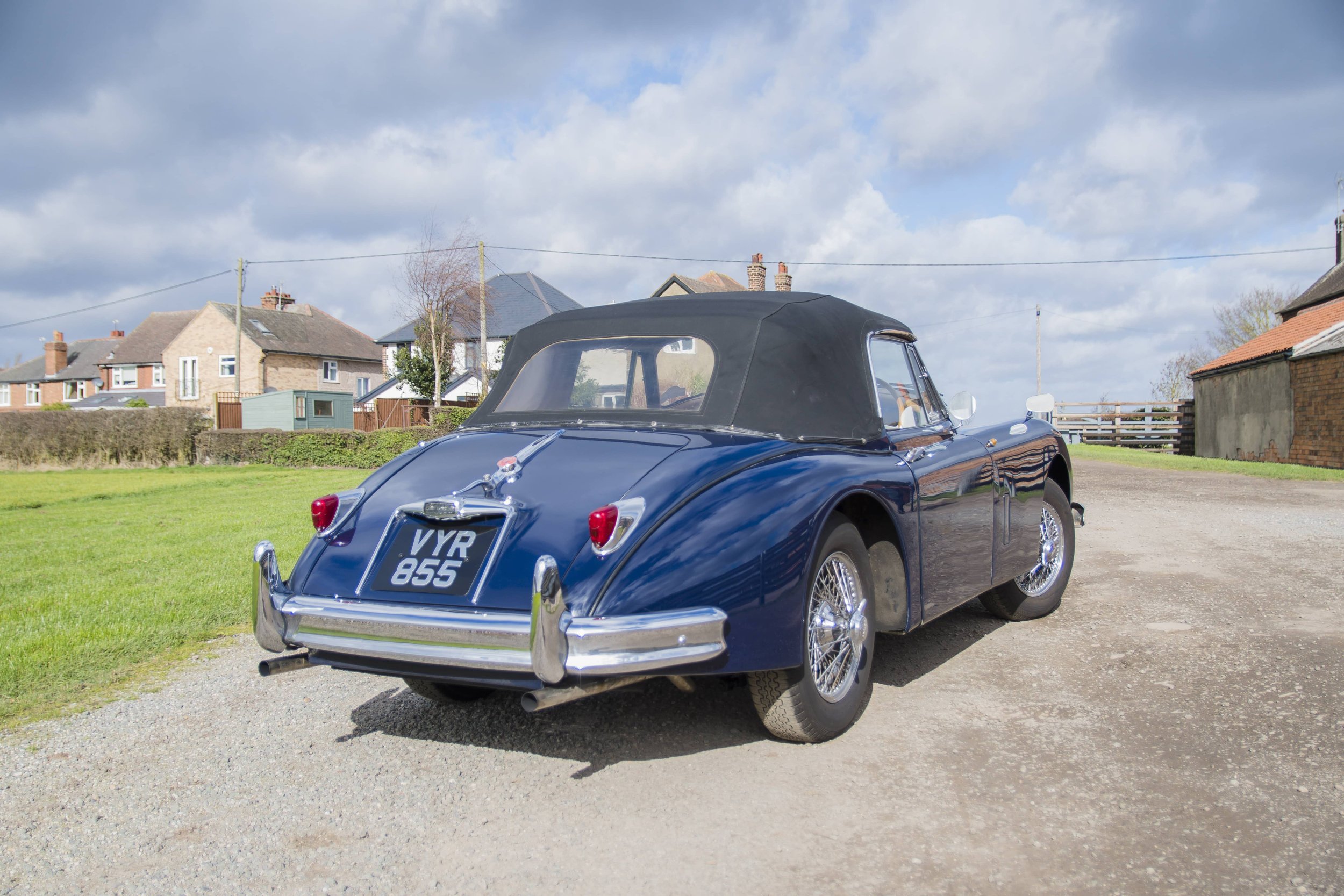XK 120, XK 140 and XK 150 Buying Guide
Jaguar History
Jaguar began production in 1935 however, the company originally came from the Swallow Sidecar Company founded in 1922 and became the Jaguar company we know today in 1945. They released the first XK Jaguar in 1948, first unveiled at the London Motor Show. Jaguar released three XK models, the XK 120, XK 140 and XK 150. Just over 30,000 Jaguar XK’s were produced. The XK series showcased Jaguar’s engineering excellence, with the XK120 becoming the fastest production car in the world at its debut, reaching speeds of 120 mph. These cars proved that Jaguar could compete with the best European marques, including Ferrari and Aston Martin. The XK series directly influenced the creation of some of Jaguar's most legendary models such as the E-Type, the XJ6 & XJ-S and the modern XK series.
XK 120
Produced between 1948 and 1954, the XK 120 was the first post-war Jaguar sports car. The early models of the Jaguar XK 120 were produced with an aluminium body. However, after discovering the aluminium body took too long to produce, they switched to steel, only producing 242 units with the aluminium body. This model was only intended to be a limited-production model, however, due to high demand led to full-scale production. This model was fitted with a 3.4 inline-6 engine producing 160-220 horsepower, reaching a top speed of 120 mph. These Jaguars go from 0-60 mph in 10 seconds. The XK 120 was one of the fastest production cars of its time, winning multiple endurance races, proving its spectacular performance.
The Jaguar XK 120 was initially available as an open two-seater, then later as a fixed-head coupe and drophead coupe. The interior is simple but functional and elegant, including leather upholstery on seats and doors, wood veneer dashboard on the fixed head coupe and drophead coupe. Whereas the roadsters have a metal dashboard painted to match the interior. However, one of the main disadvantages of the Jaguar XK 120 was that this Jaguar wasn’t originally made for someone tall, produced with a small cabin interior. In later years, Jaguar lovers have gotten alterations made to their XK 120 to be more accommodating. These models are popular with Jaguar collectors due to their legendary racing history, about 12,000 units of this model were produced.
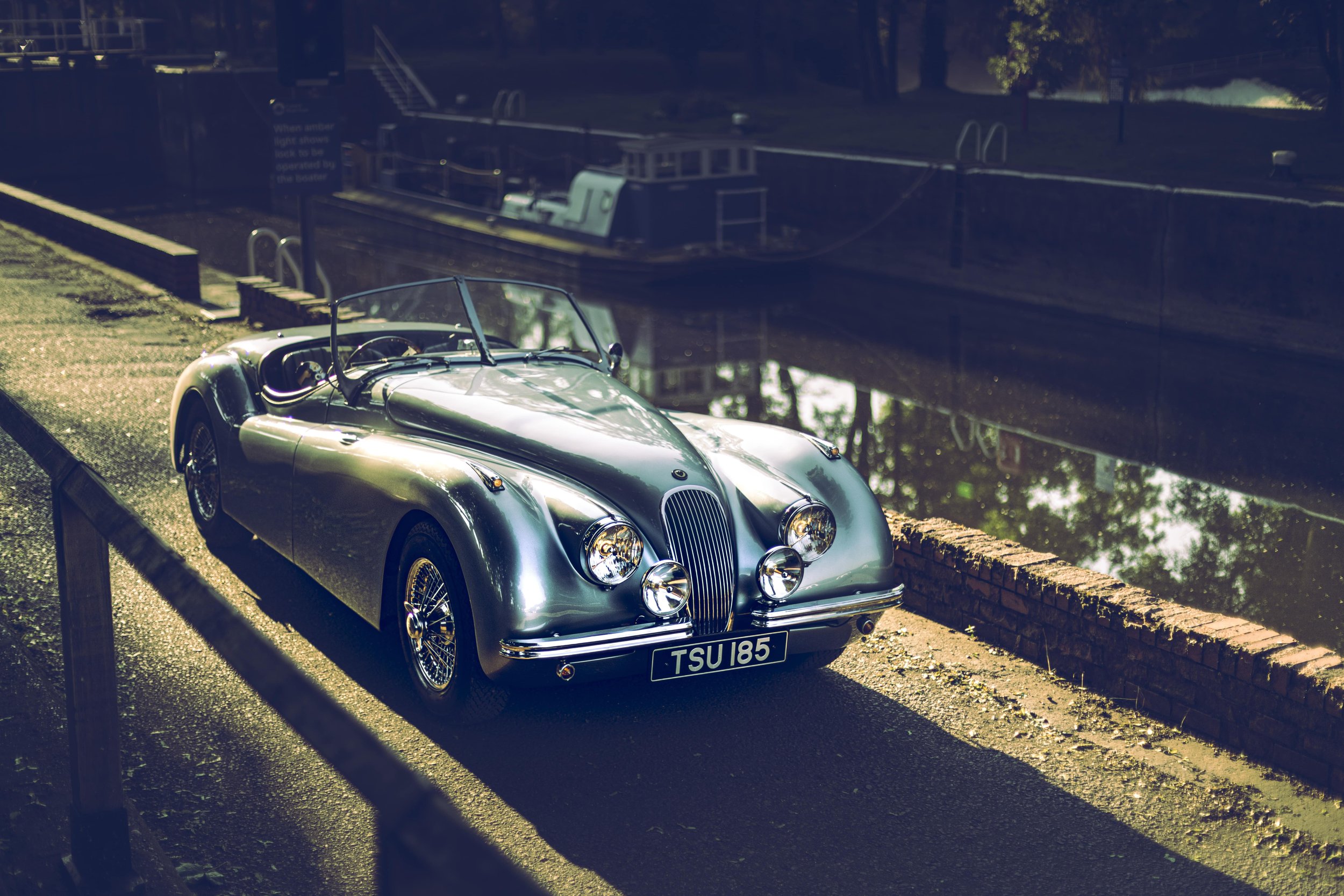

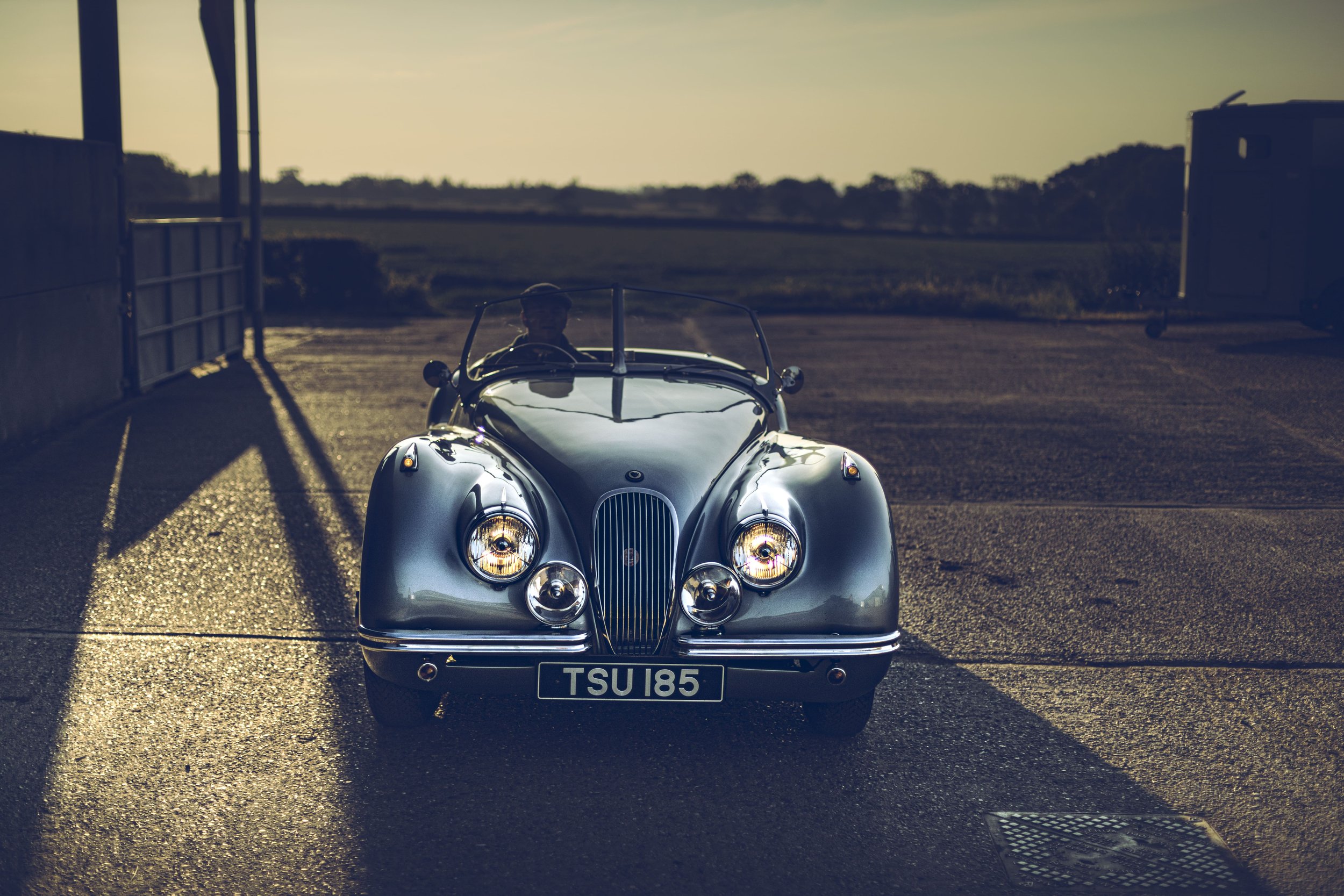
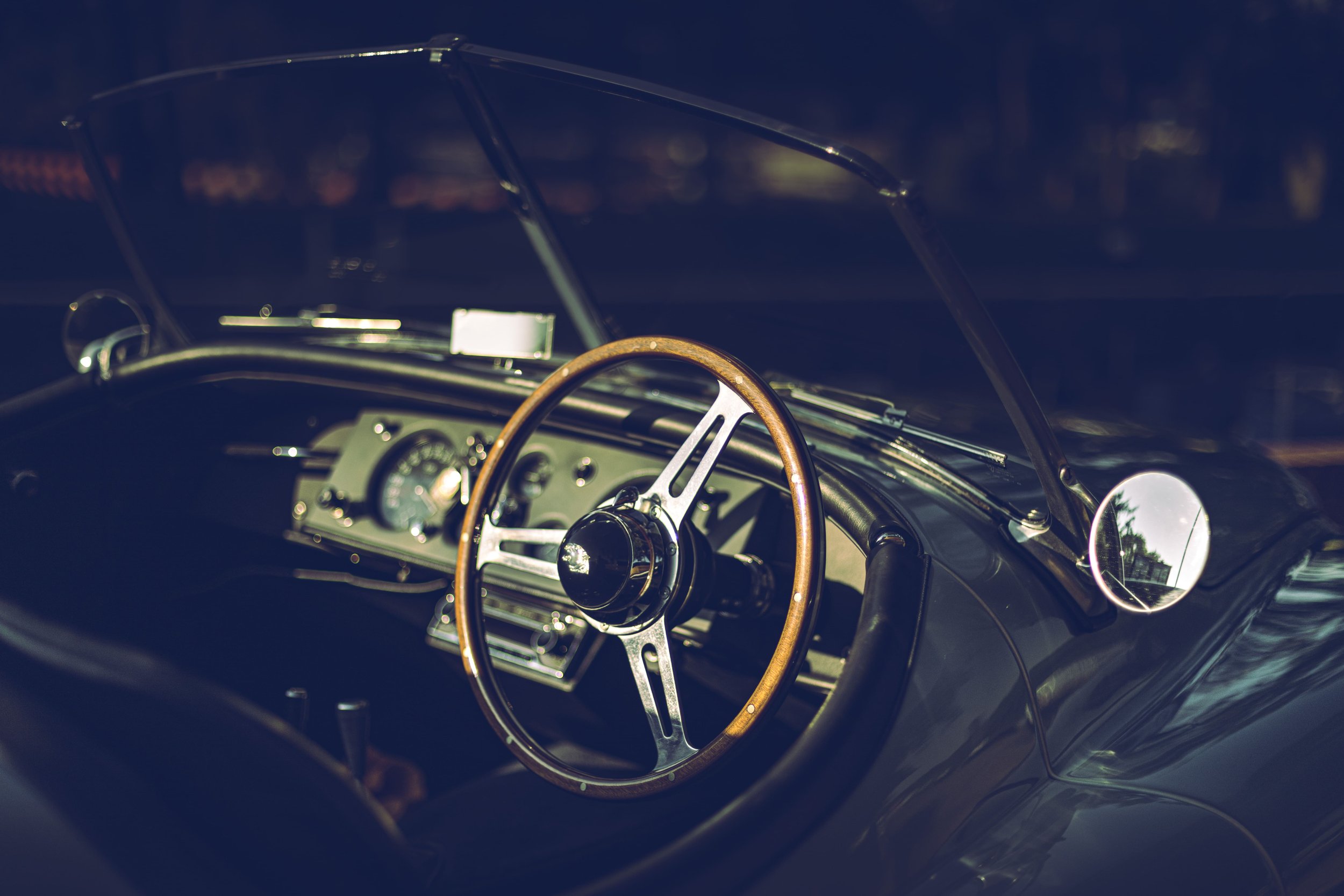
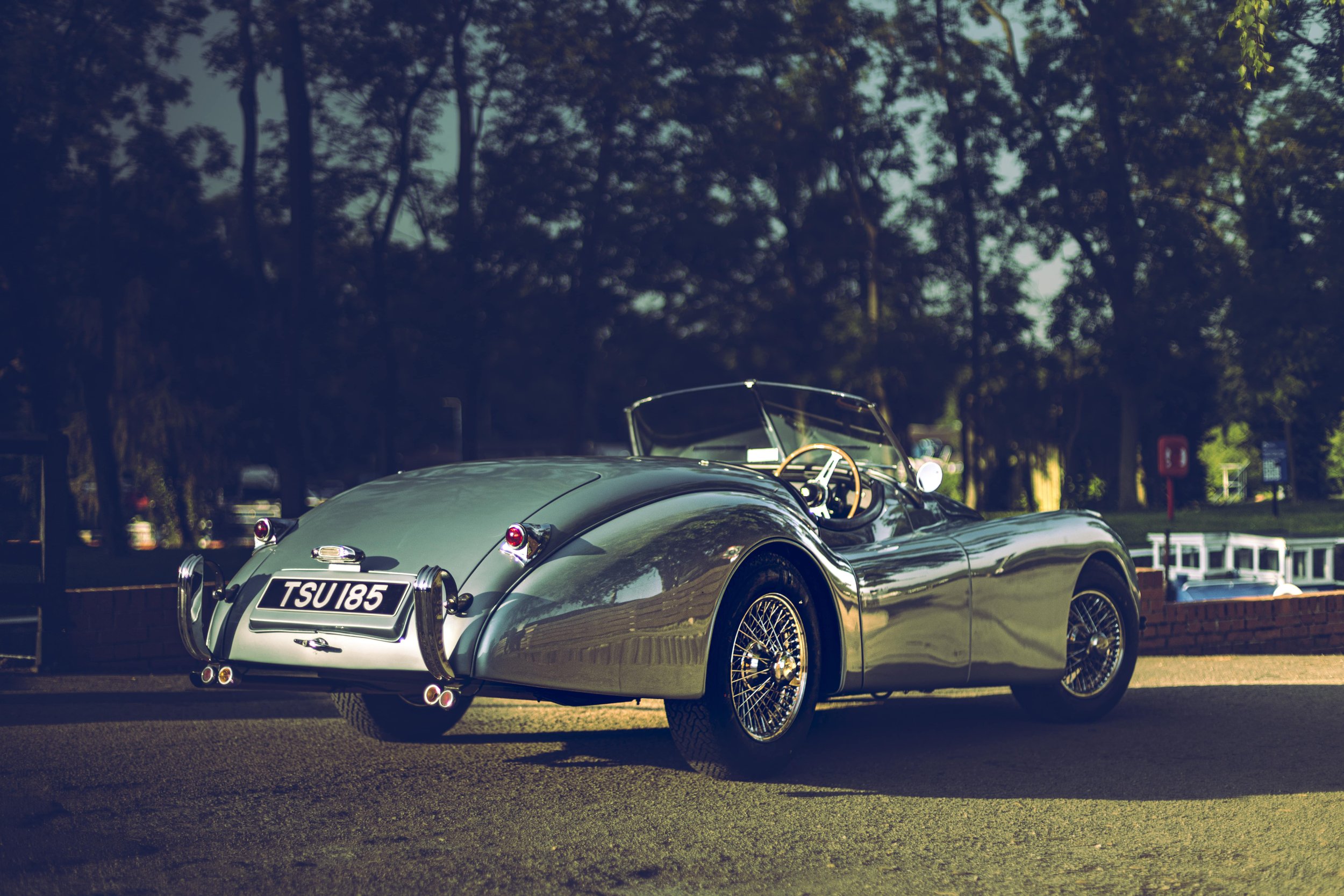
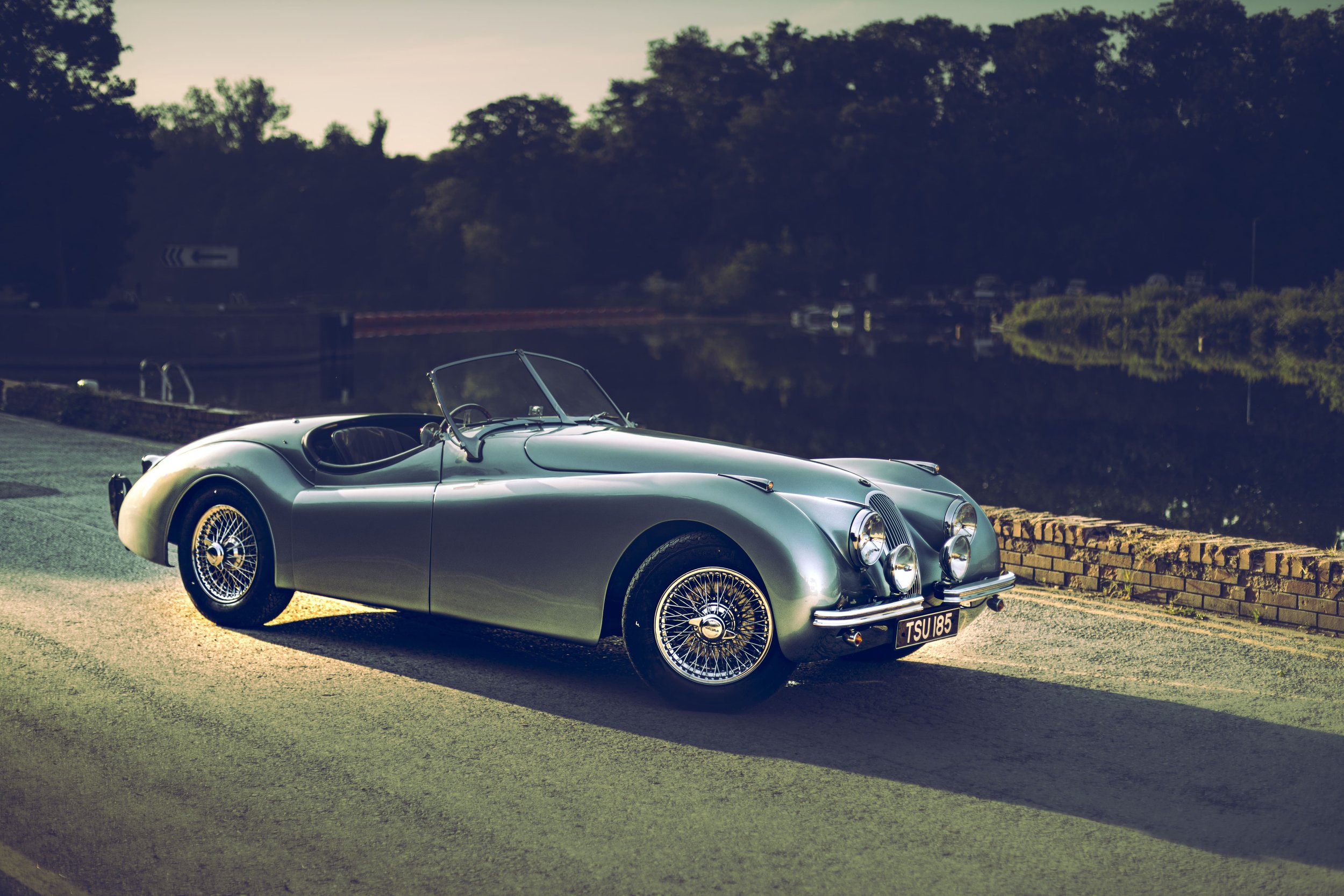
XK 140
The XK 140 was launched in 1954 as the predecessor of the XK 120. This Jaguar model was in production until 1957, it was designed to be more comfortable than the XK 120 whilst still retaining its sporty characteristics. Some of the main improvements of the XK 140 include more interior space and improved seating due to the engine getting moved forward, which was an issue in the XK 120. Further improvements to the XK 140 models include rack-and-pinion steering for better handling, larger bumpers and grille and improved suspension for a more comfortable riding experience. The XK 140 houses a 3.4 litre inline-6 engine, producing 190 hp in the standard model and 210 hp in the special edition. They can reach a top speed of 125 miles per hour. Although the Jaguar XK 140 wasn’t made for racing, the high-performance SE made it a favourite for privateer racing. About 8,900 Jaguar XK 140’s were produced.

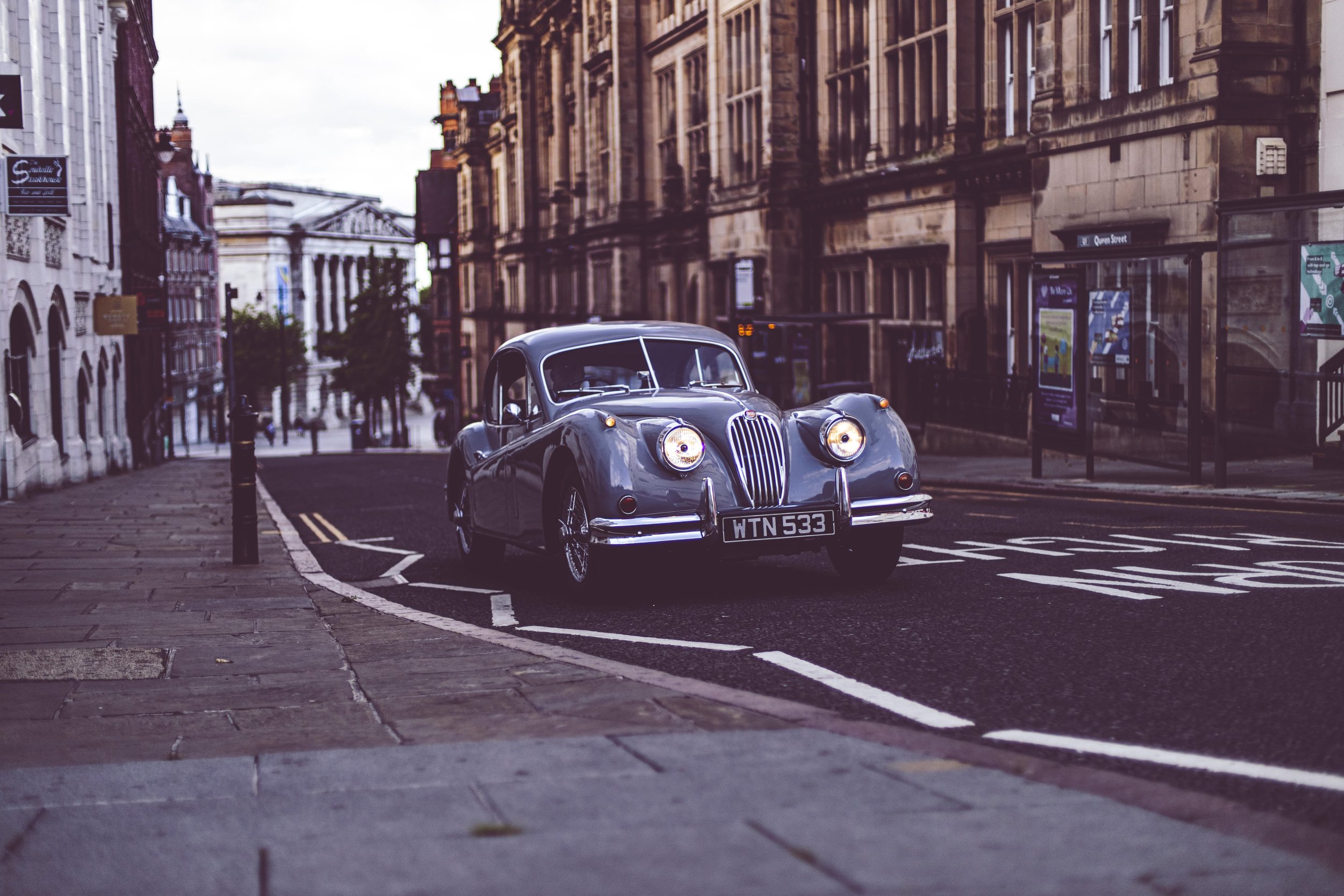
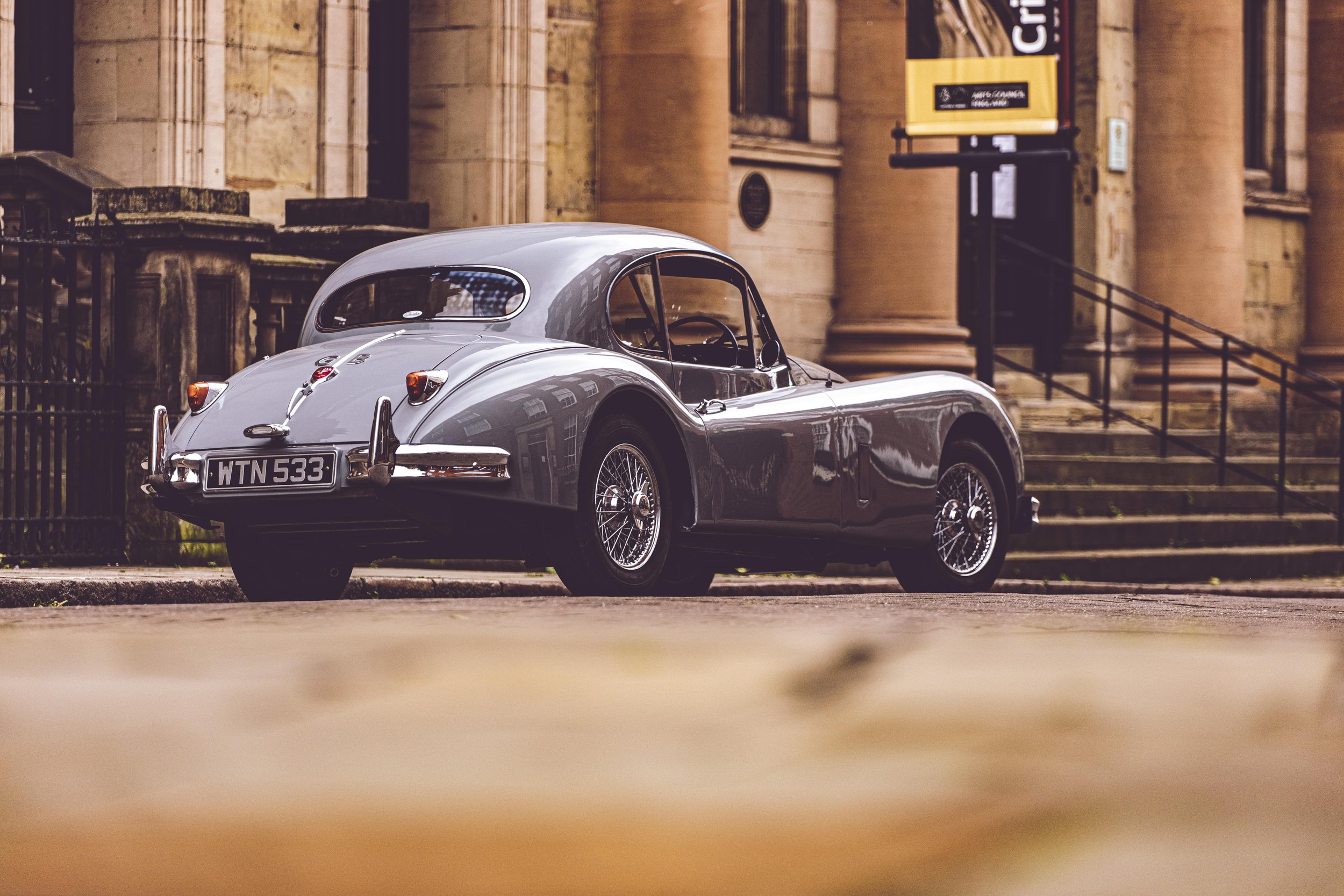
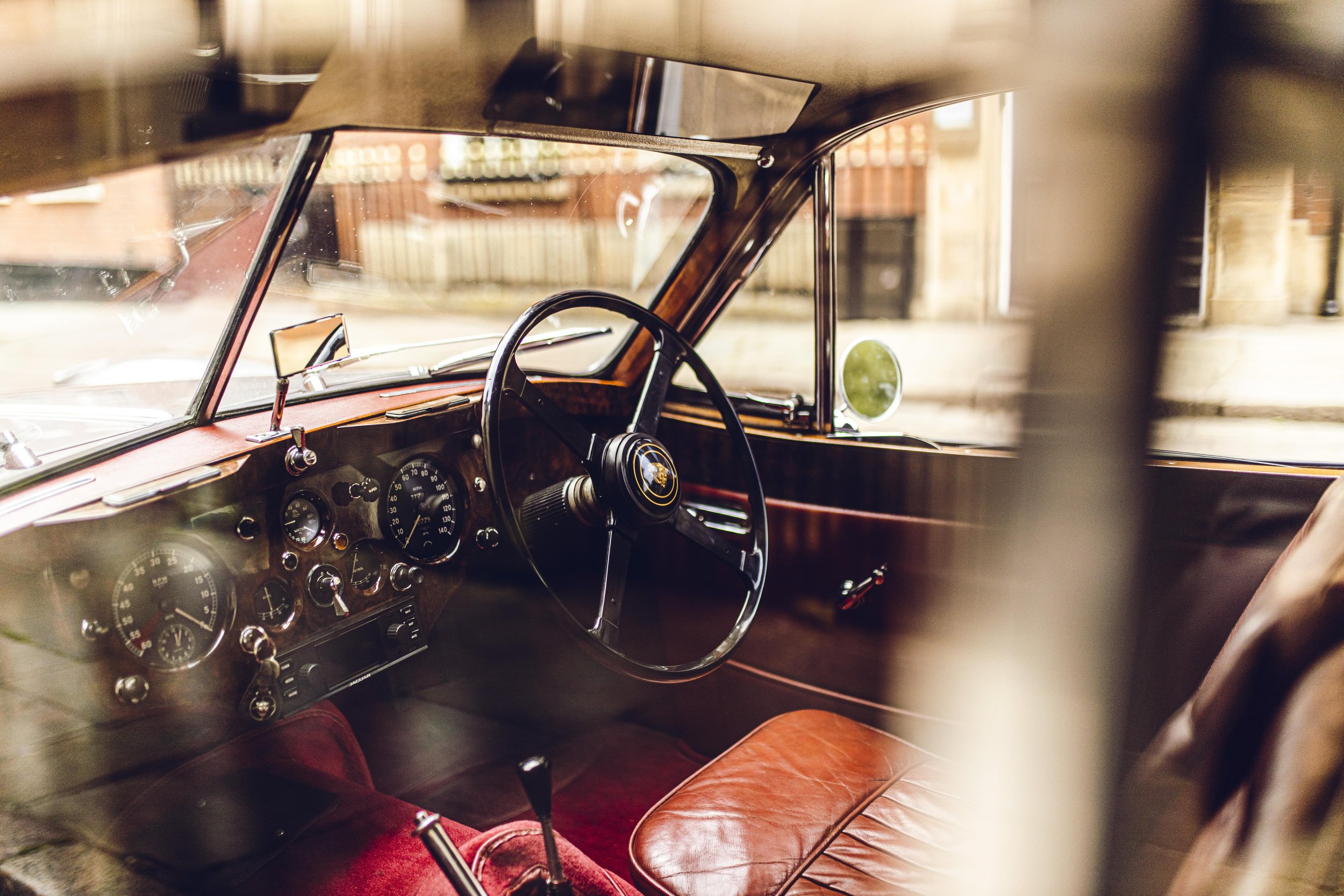

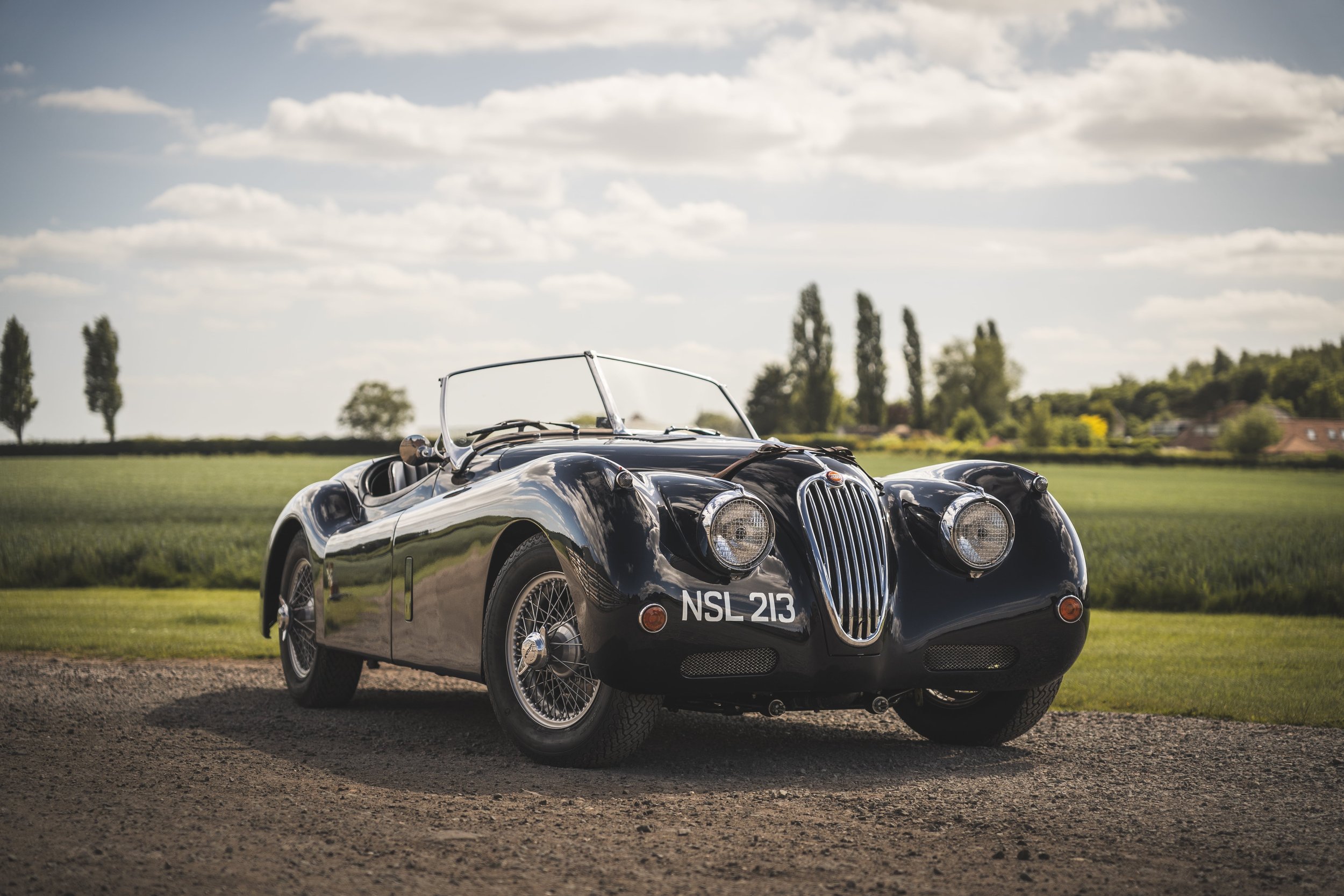
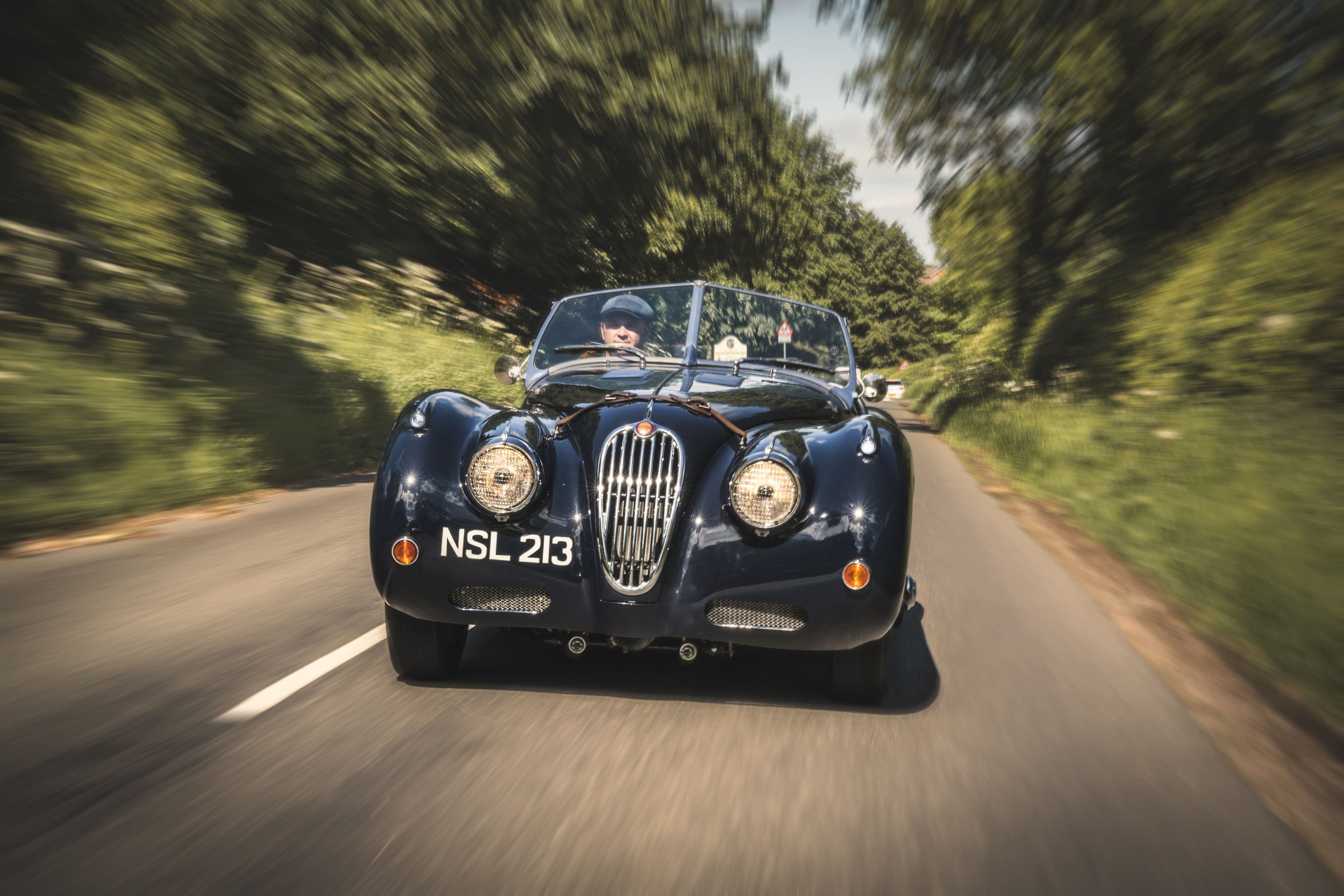

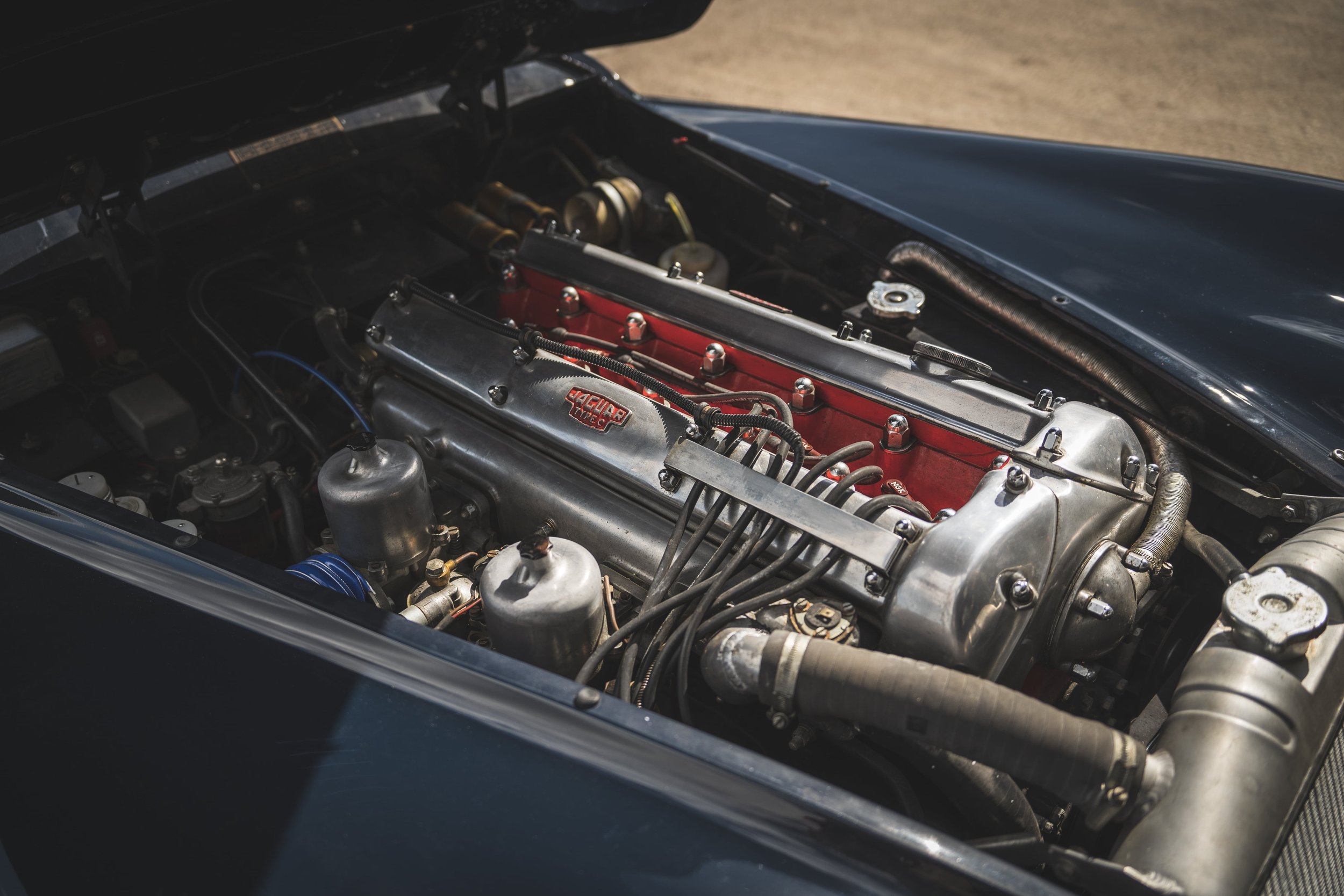
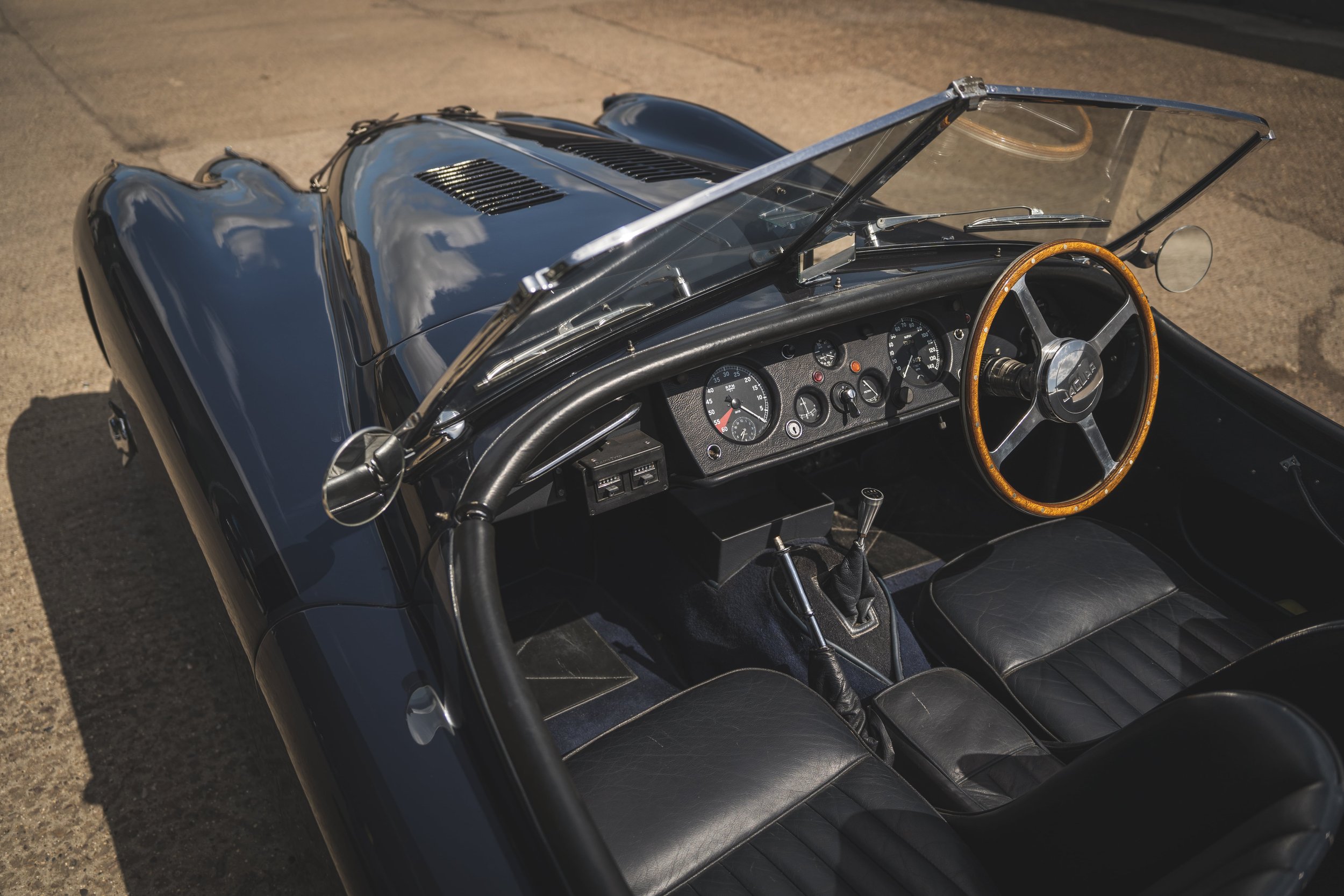



XK 150
The Jaguar XK 150 was in production between 1957 and 1961. In 1957 the XK 150 was released with a 3.4 litre inline-6 engine like the previous Jaguar XK models, producing 190 hp in the standard version, 210 hp in the special edition and 250 hp in the XK150S high-performance version. Later, in 1959, the XK 150 was upgraded to include a 3.8 litre inline-6 engine, producing 220 hp in the standard version and 265 hp in XK150S version. Going from 0 – 60 mph in 7.3 seconds, making this the fastest XK model released.
This Jaguar model featured a wider body and more modern styling. The XK 150 took a different styling approach than its predecessors, this Jaguar was more of a grand tourer than a pure sports vehicle. Featuring a wide range of improvements including a new wraparound windshield, more interior space, improved dashboard layout and the first Jaguar to include disc brakes. Before the Jaguar E-Type was released in 1961, about 9,400 XK 150’s were produced.

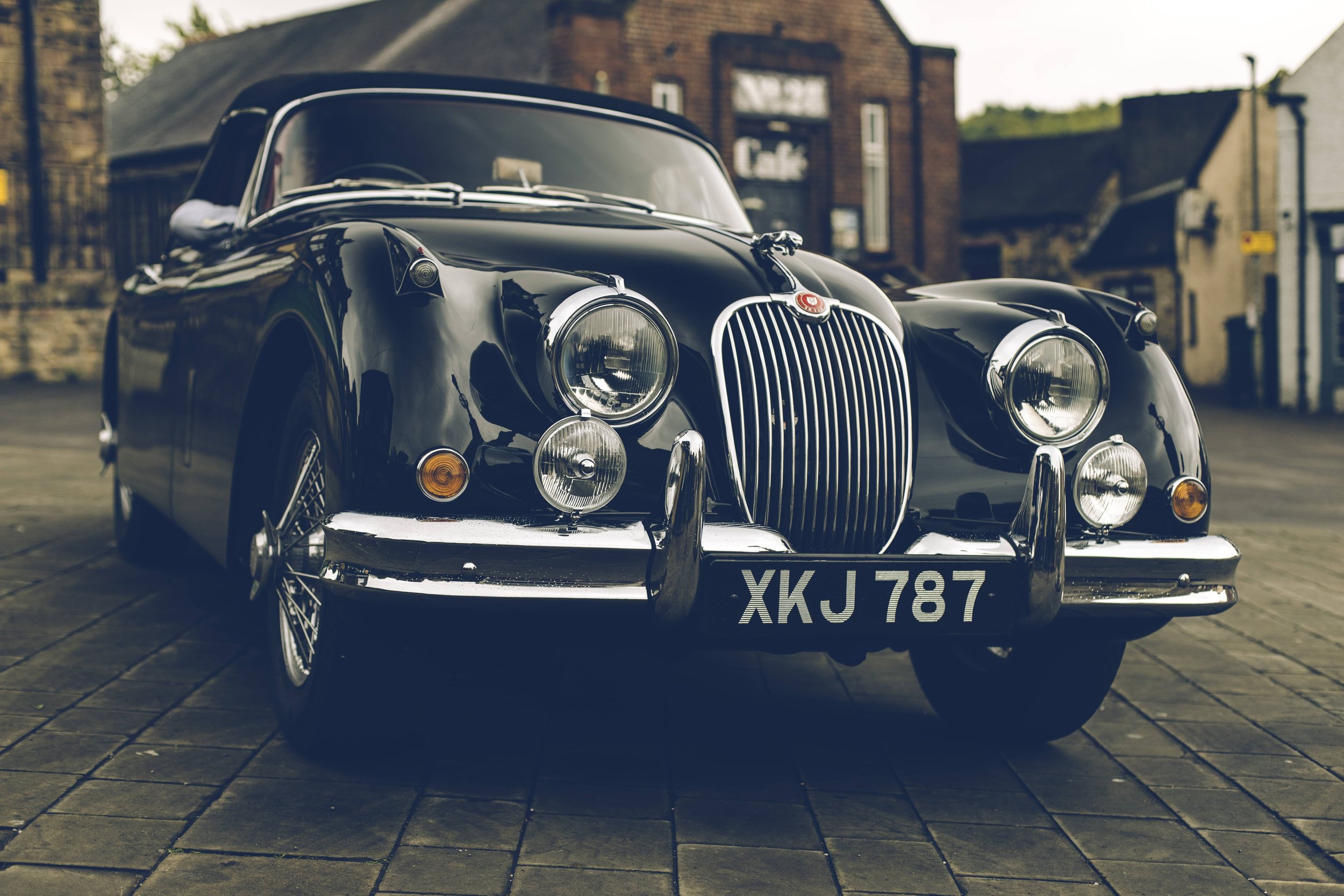
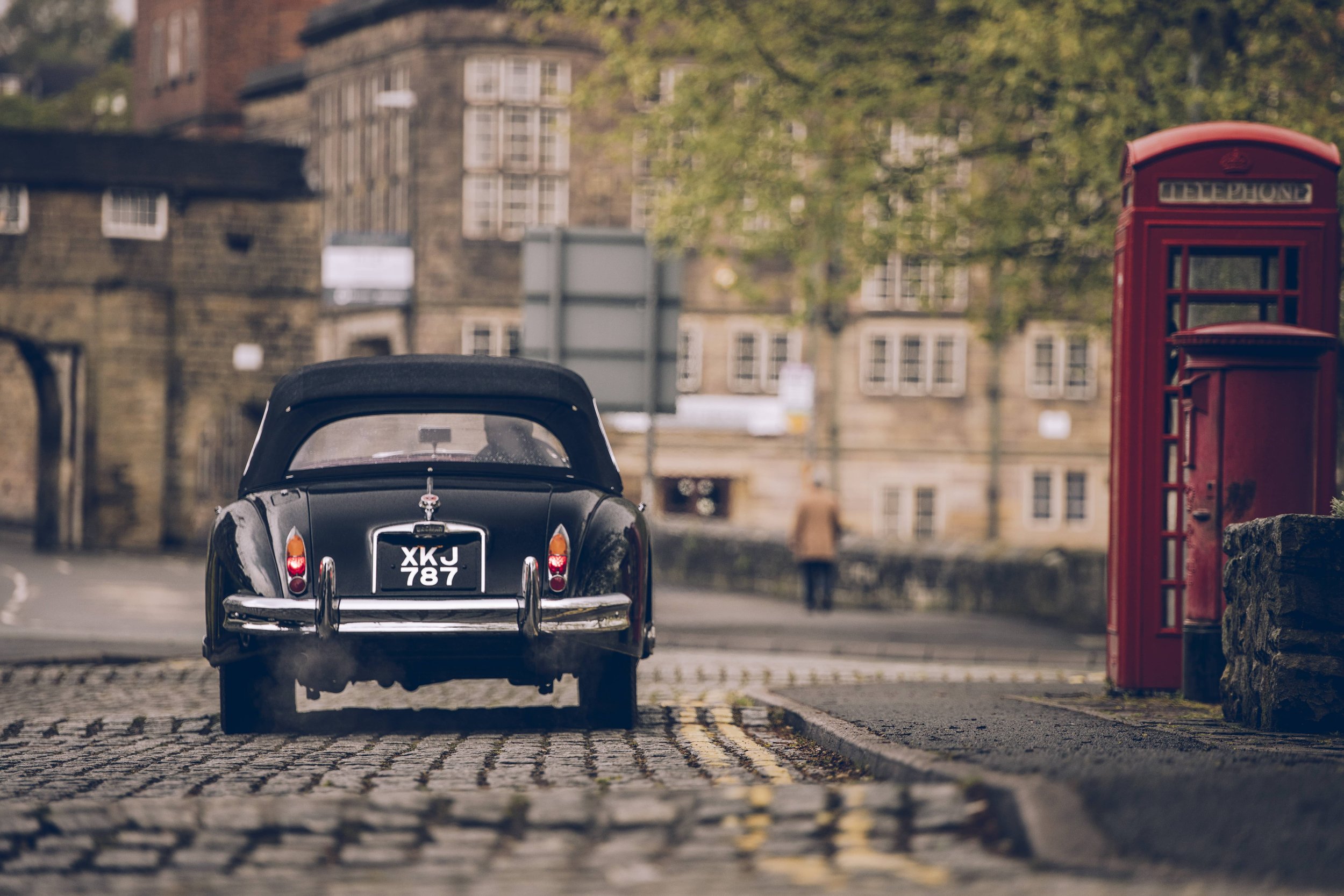
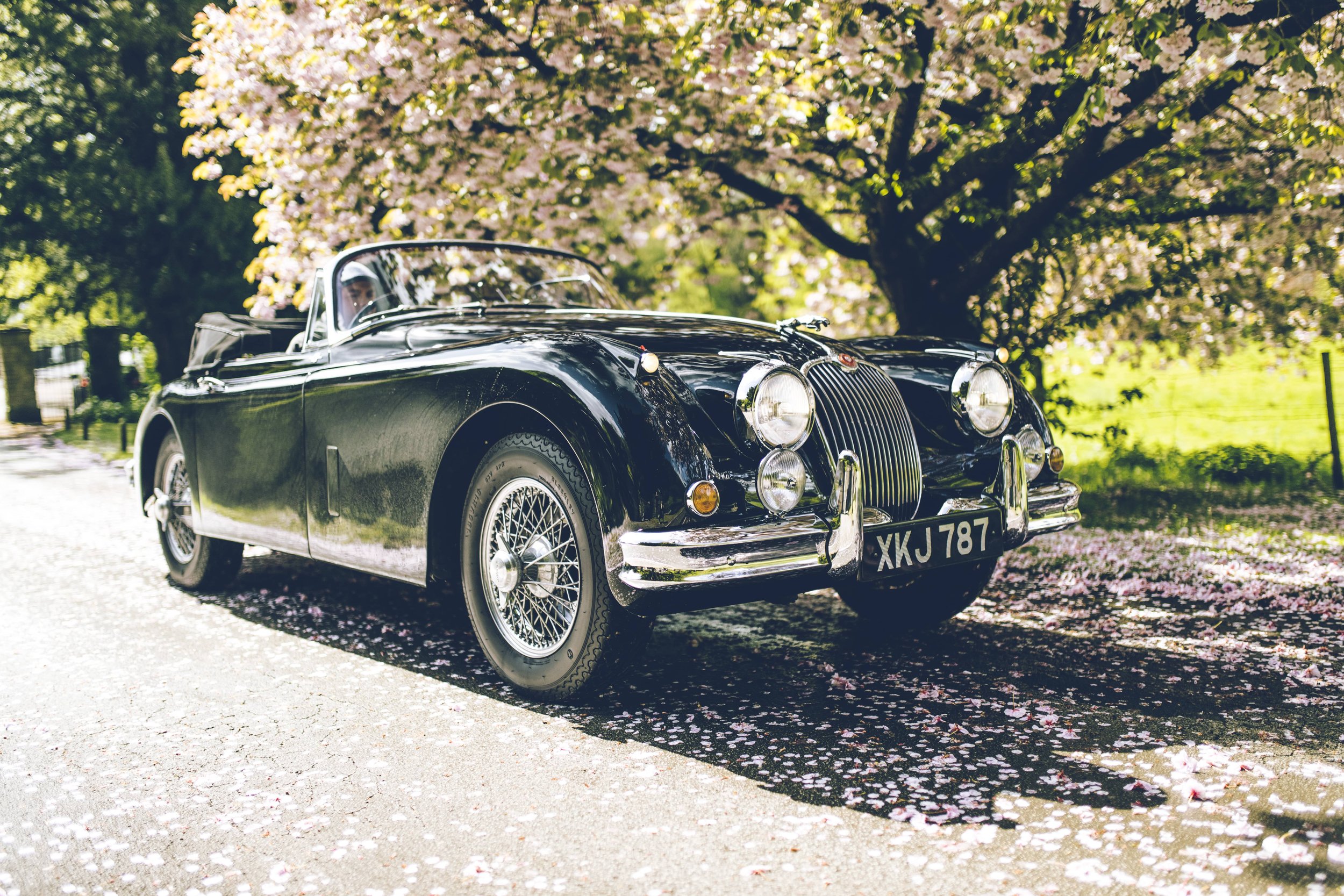
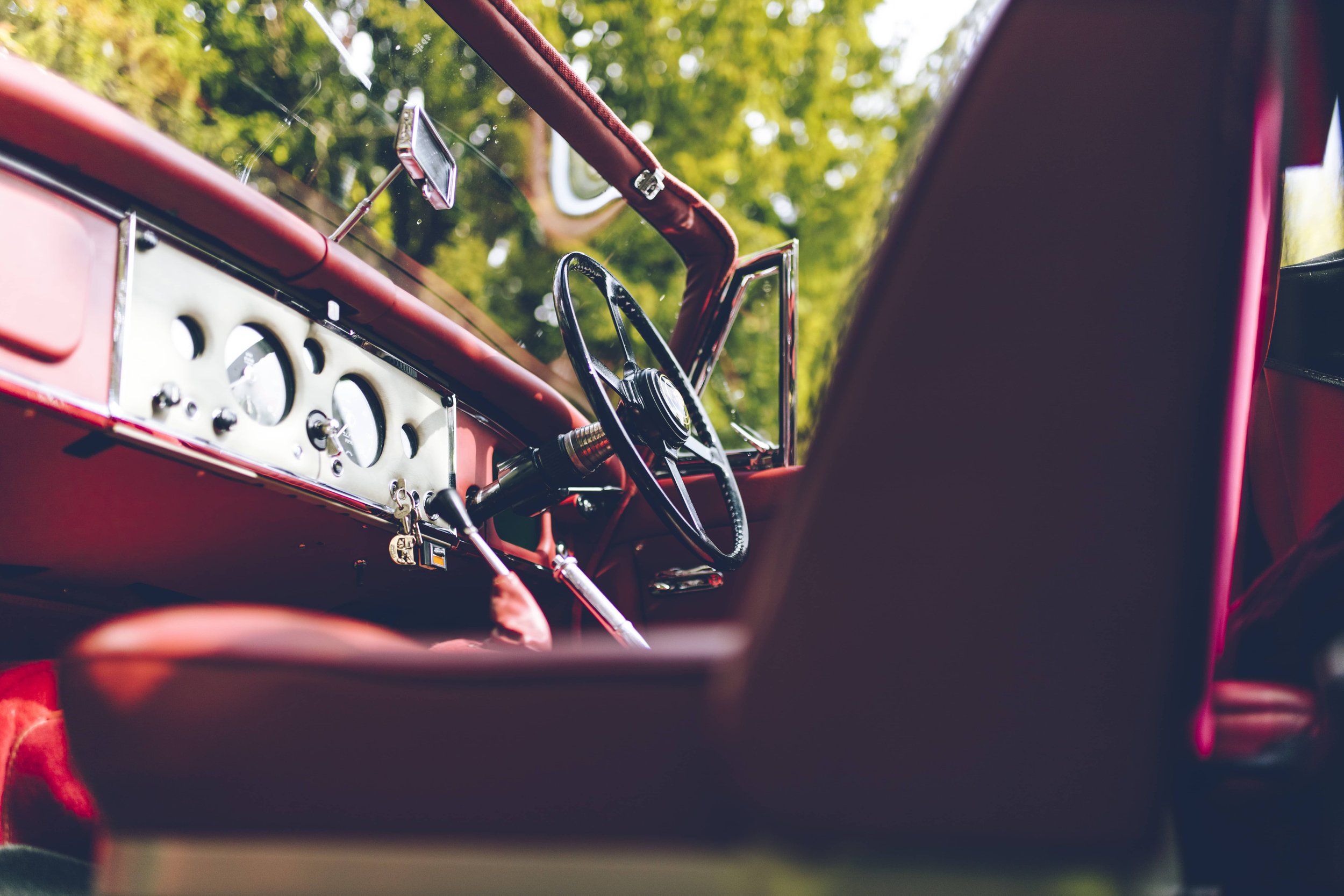





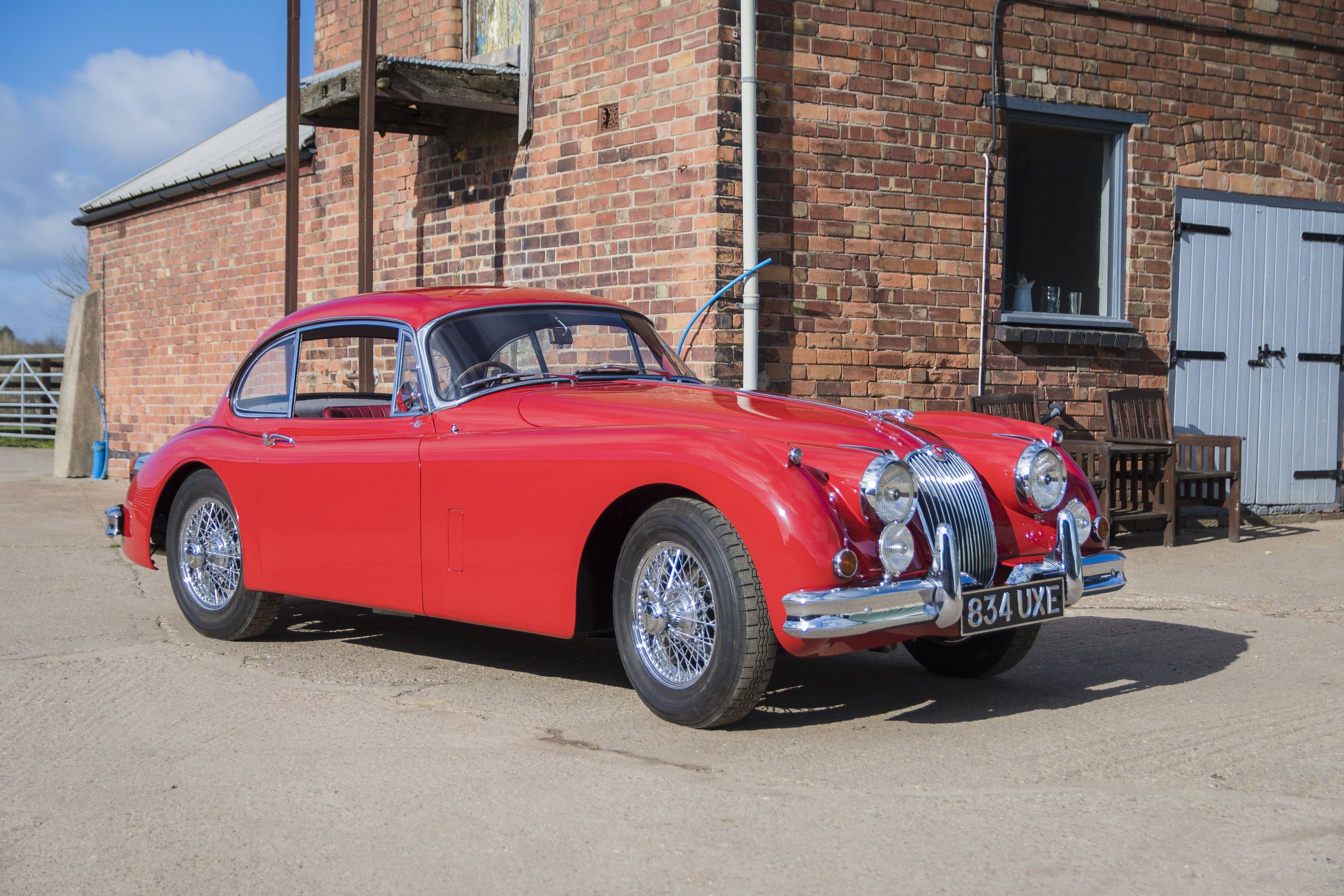
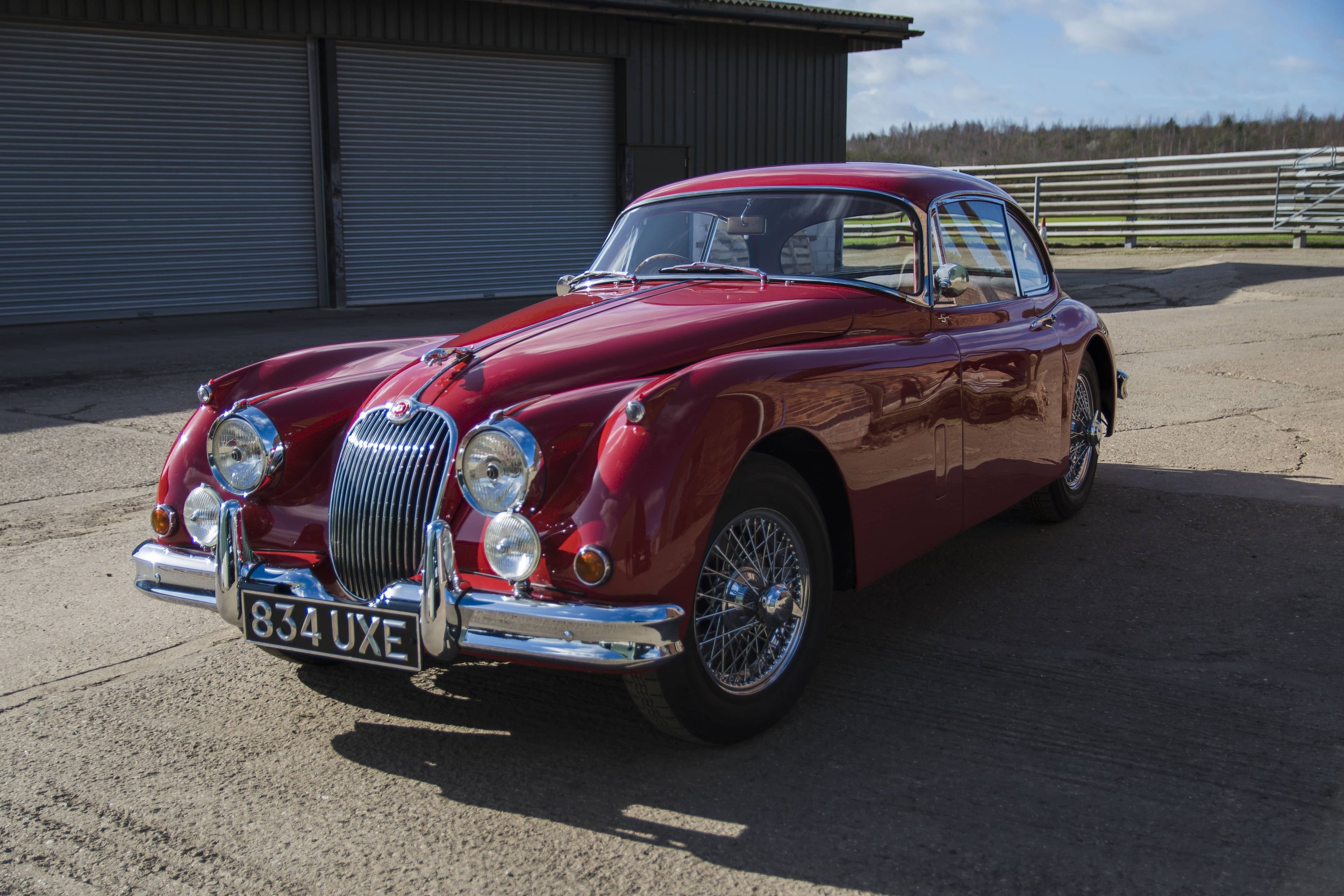
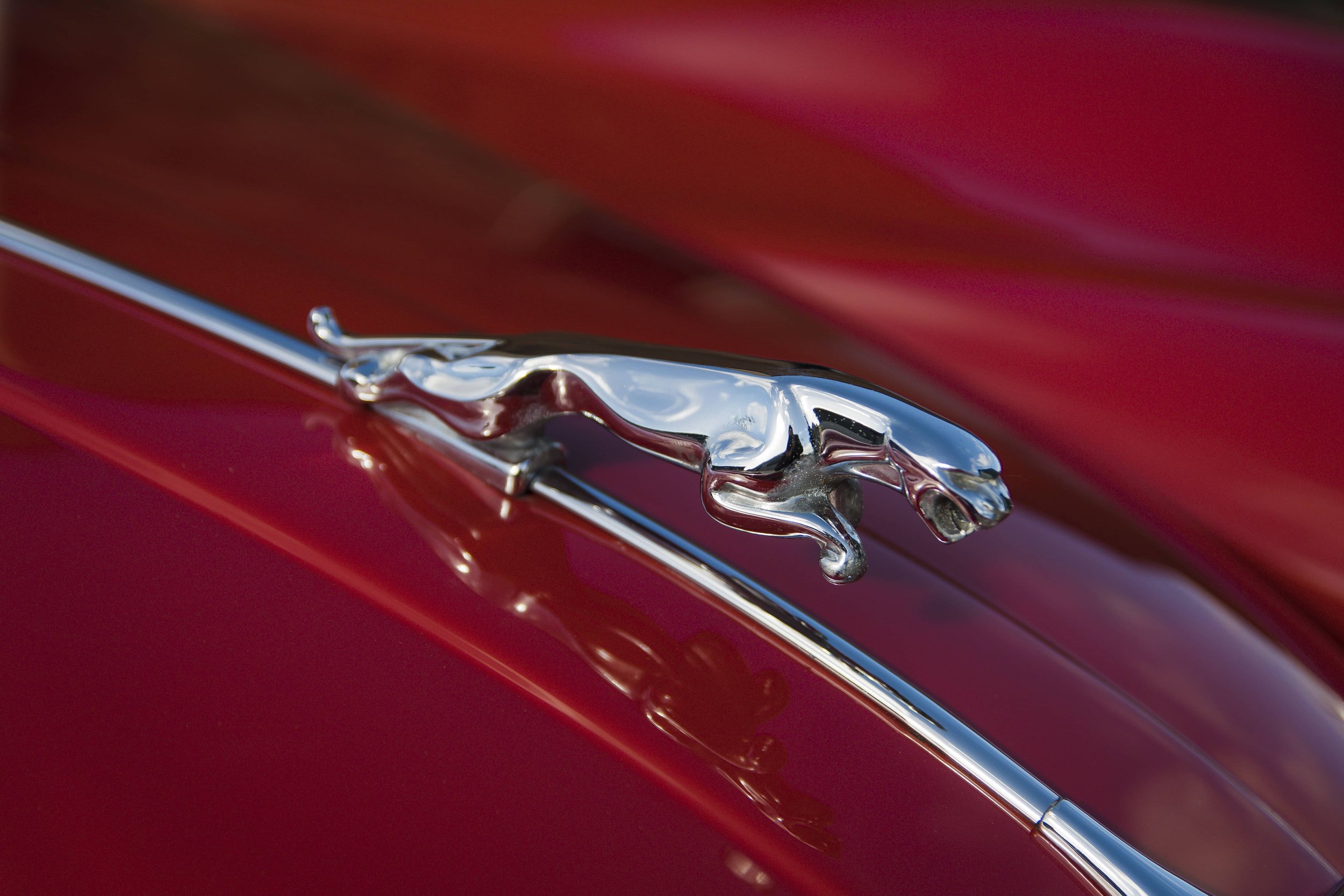
Our top 3 tips
Our managing director at P&K Thornton Restorations has given his top 3 tips on what to look out for when purchasing your XK 120, XK 140 or XK 150.
1. Check the Ash frames in the doors, as these Jaguars are old, you need to make sure these are still intact and have not been attacked by woodworms.
2. The doors, bonnet and boot are made of aluminium skin construction, which can rust easily over time.
3. Check the condition of the suspension bushes as most of them are rubber and are prone to cracking.
What you can expect to pay
The price for the XK models can vary drastically depending on the condition, model and other factors. We have developed a pricing table below with the prices you can approximately expect to pay for each model based on condition. Some other factors that can affect the price include the body style because the open two-seater models often command a higher price. Jaguars retaining original components, matching numbers, a clearly documented history and/or competition history can significantly increase the price. Additionally, if they have a high-quality, well-documented restoration can increase the Jaguars' value.
Need an expert opinion, get it professionally inspected
Acquiring a classic Jaguar is special, exciting and should be a pleasurable experience. As it's a high investment, it is very important to invest wisely and make the right decision. Our pre-purchase inspection will provide you with an independent detailed report about the condition of the vehicle, its authenticity and offer an idea of performance comparison (if possible). A pre-purchase inspection will give you peace of mind and ensure your classic car is in good condition and you are negotiating the right price. In our inspections, we will put together a report comprising of 200 photos and text discussing what’s good about the Jaguar and where there is room for improvement, along with a quotation for the items and work required. If you would like to know more about our pre-purchase inspections, please get in touch using the contact information below.
📧 info@thorntonrestorations.com
☎️ 0115 9262266










